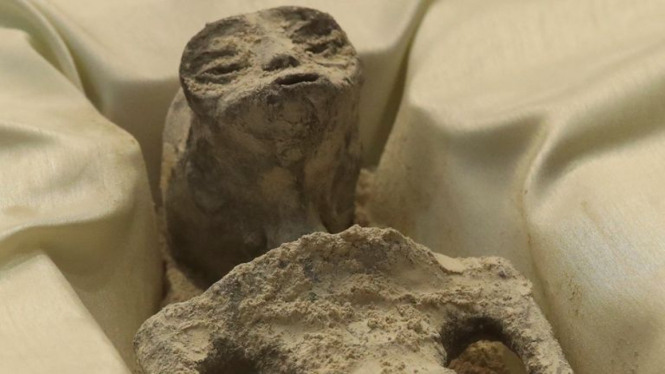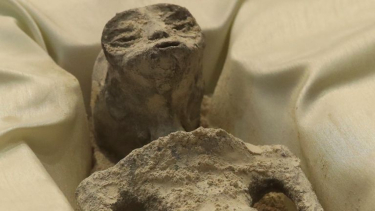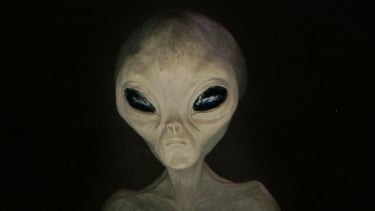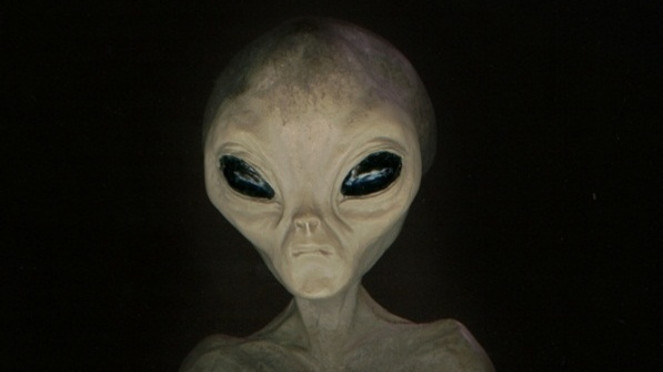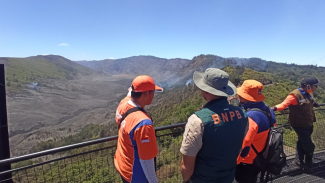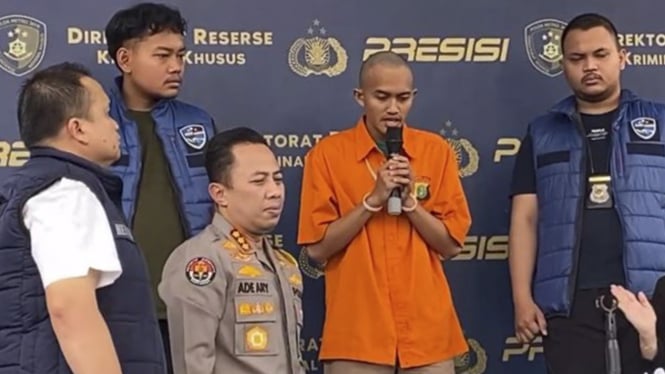- Sky News
Jakarta – Two bodies claimed to be the remains of "alien corpses" were presented before the Mexican Congress on Wednesday by a prominent UFO expert, Jaime Maussan, who has previously been involved in claims of alien life.
Maussan testified under oath that two wrinkly gray objects with three fingers on each hand were aliens.
"Non-human beings who are not part of our terrestrial evolution," according to Thomas Graham.
However, scientists were doubt on Maussan's claims
Ilustrasi alien.
- Dok. Istimewa
"This conclusion is not supported by evidence," Antígona Segura, one of Mexico's leading astrobiologists, told Simon Romero.
"All this is very embarrassing," Segura continued, according to Smithsonian Magazine.
Maussan said that researchers from the National Autonomous University of Mexico used carbon dating to determine that the "alien corpse" was about 1,000 years old.
Scientists at the university distanced themselves from Maussan's testimony, saying that they were not involved in collecting the samples, nor did they have contact with the completed specimen.
"We can draw no conclusions about the origin of this sample," the university's National Laboratory of Accelerated Mass Spectrometry said in a statement first released in 2017.
In 2015, Maussan also found remains that he claimed belonged to an alien, but were later proven to be those of a human child.
And two years later, Maussan participated in a video project claiming that a specimen found in Nazca, Peru, with a long skull and three fingers on each hand was evidence of aliens.
Archaeologists claimed that some of the remains may be indigenous Peruvians, mutilated to look like extraterrestrials, Christopher Heaney wrote for the Atlantic in 2017.
And a report from Peru's prosecutor's office stated that the specimens were "freshly made dolls, coated with a mixture of paper and synthetic glue to simulate the presence of skin," according to Megan Janetsky of the Associated Press.

